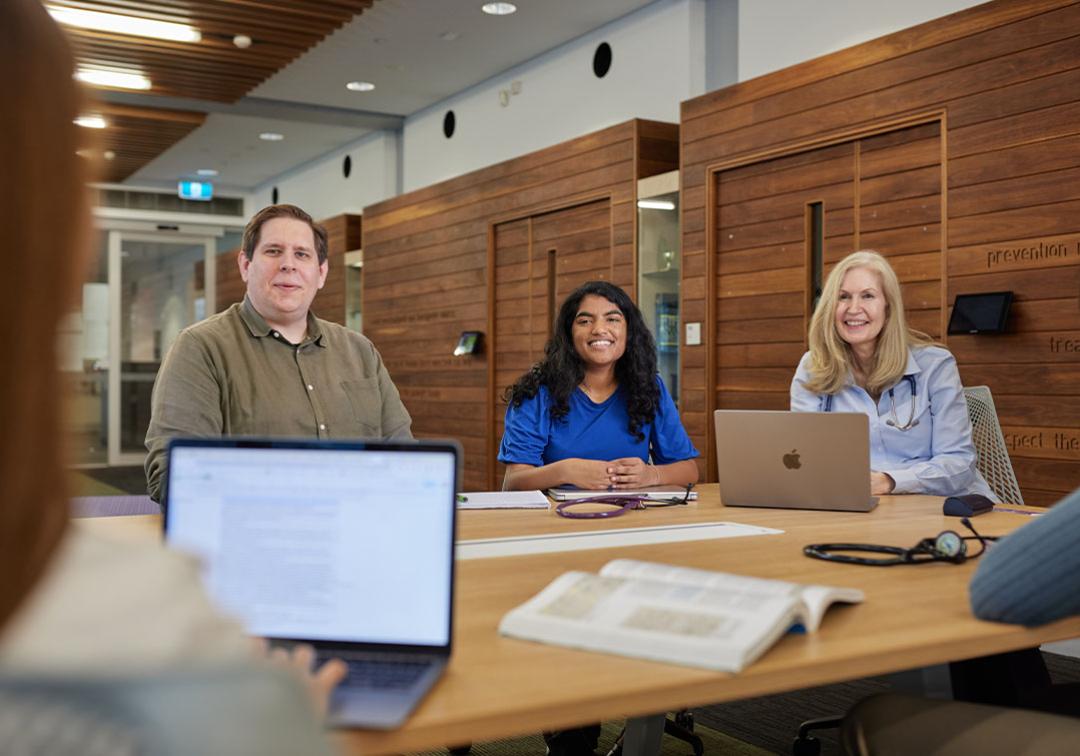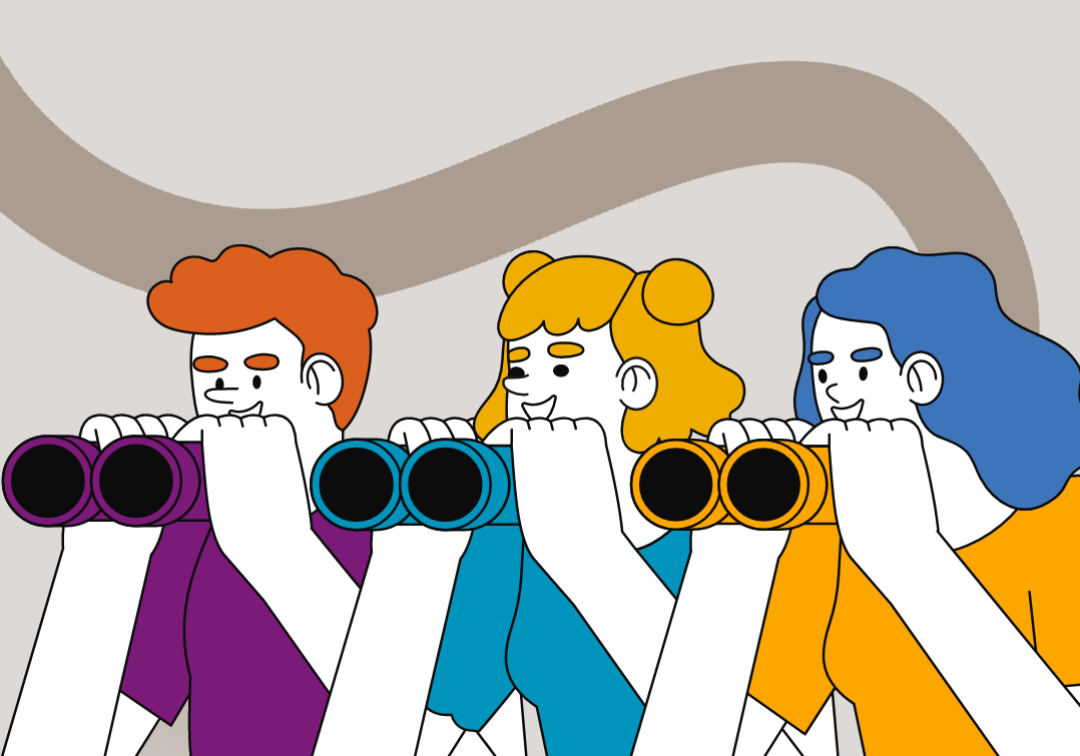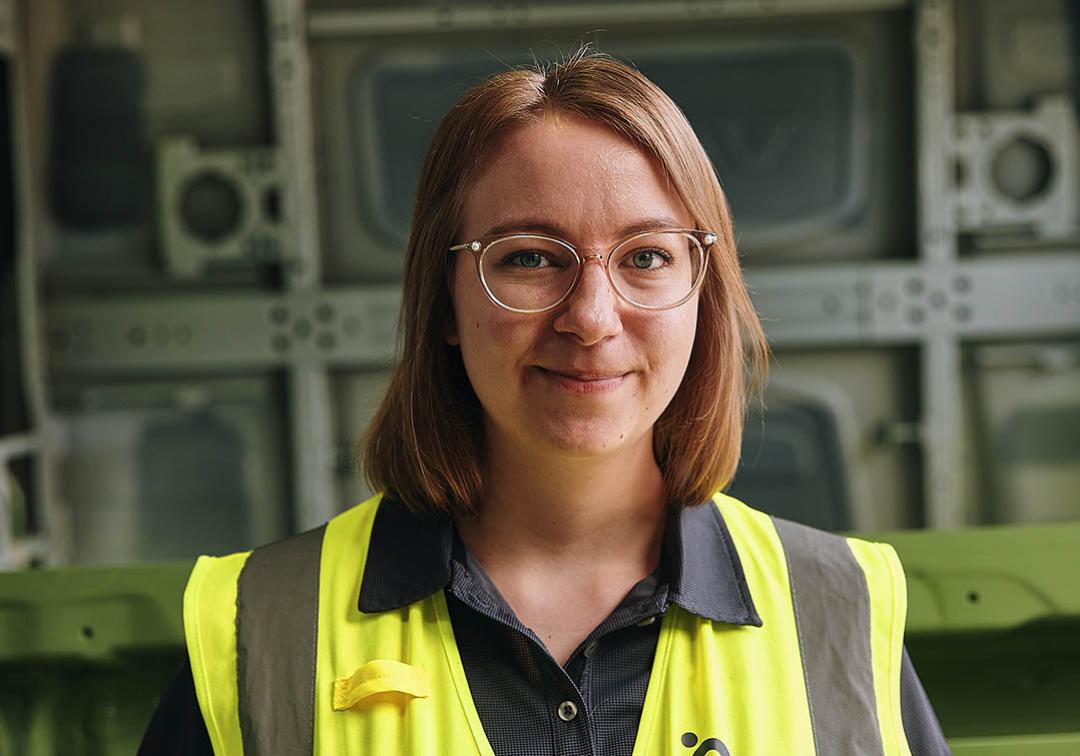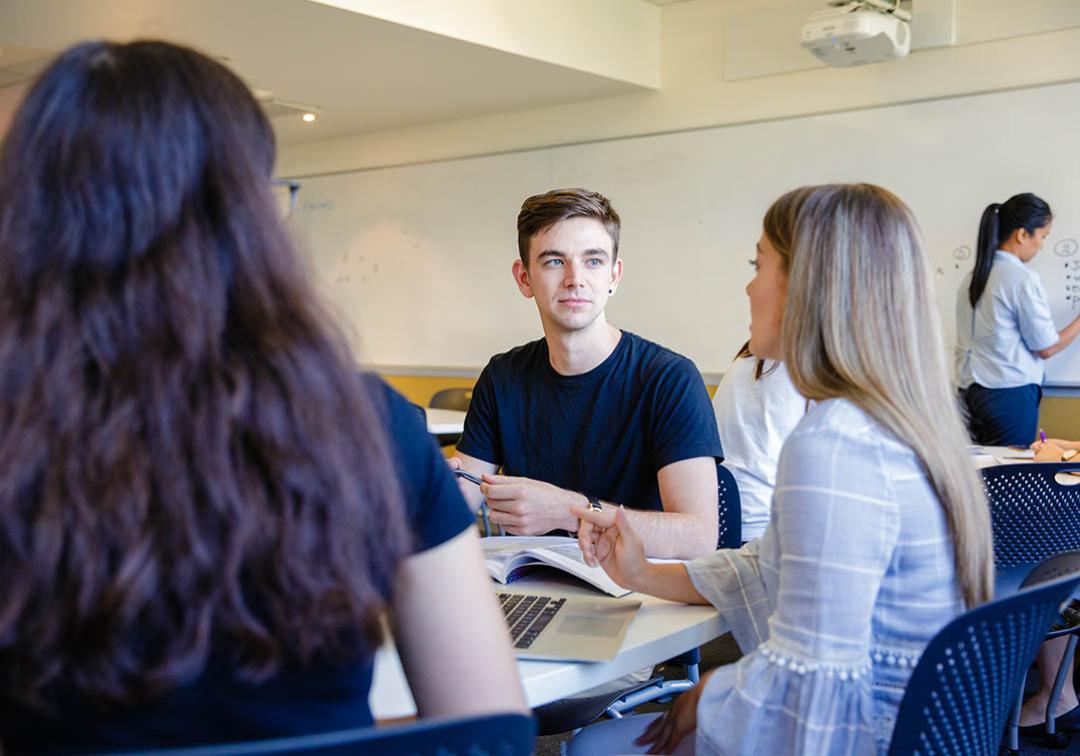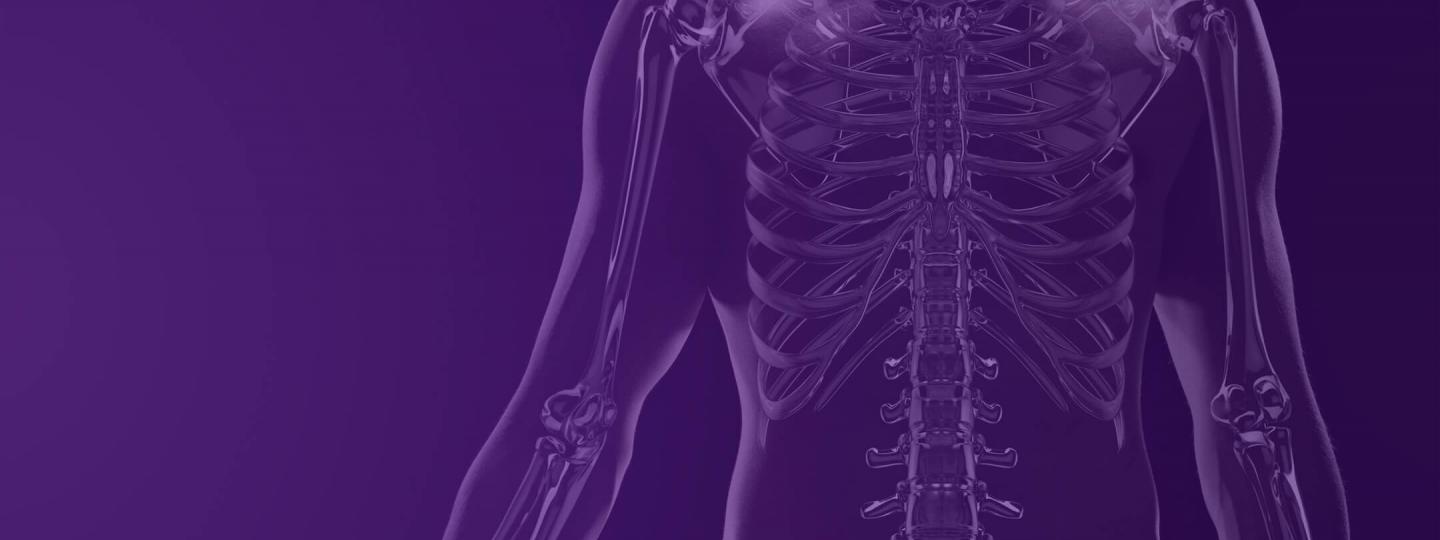
Art therapy uses a combination of art activities and verbal interaction to support mental health by creating a positive environment for people and groups to express themselves through art.
Art therapy is not just a collection of techniques, but a planned intervention which attempts to create a safe environment for the client to express themselves.
Art therapy draws on psychodynamic theory, Jungian analytical psychology and developmental theory, cognitive and humanistic psychotherapies for its theoretical framework. It incorporates concepts about creativity as well as a range of contemporary therapeutic approaches and methods.
To meet ANZACATA and PACFA standards, you'll need to complete at least 750 hours of art therapy placement during the program. The ongoing commitment is approximately 2 days per week each semester. You'll also need to work with at least two different client groups throughout the program.
The Art Therapy field of study includes a compulsory 1 week residential full-time block of workshops. Remote students can attend weekly classes online with an art therapy tutor via Zoom.
We recommend that Art Therapy students have some experience of personal therapy, either prior to or during your Master of Mental Health – Art Therapy training. This enables you to become more aware of your personal motivation for becoming a therapist and to identify any potential areas of difficulty.
To enrol in the Master of Mental Health – Art Therapy, you'll need to satisfy entrance standards in the areas of Academic Capacity, Art Practice and Clinical Experience.
If eligible, you'll be invited to undertake an art making group experiential as the next step towards acceptance into the program. Potential applicants will be notified one week after attending the group art-making experiential session if you've been accepted in the program.
For more information about how to apply, visit the Faculty of Medicine website.
Career possibilities
Postgraduate study can take you anywhere. Here are some of the careers you could be on your way to:
- Art therapist
Next steps after graduation
Graduates of the Master of Mental Health - Art Therapy field will be eligible to apply for professional membership with the Australian, New Zealand and Asian Creative Arts Therapies Association (ANZACATA) and become registered art therapists.
Professional members of ANZACATA are art therapists who have completed recognised postgraduate training that meets professional standards. ANZACATA provides information on research, employment, education and publications.
Events
See all eventsStories
See all storiesUQ people
Meet the expert: exploring nutrition education with Dr Olivia Wright
Stories
See all storiesUQ people
Meet the expert: exploring nutrition education with Dr Olivia Wright
How you'll learn
Your learning experiences are designed to best suit the learning outcomes of the courses you choose.
- Lectures
- Tutorials
- Work placements
- Online study
- Workshops
What you'll study
At UQ, subjects are called 'courses'.
Keep up to date
Sign up to get information about applying and studying at UQ.



